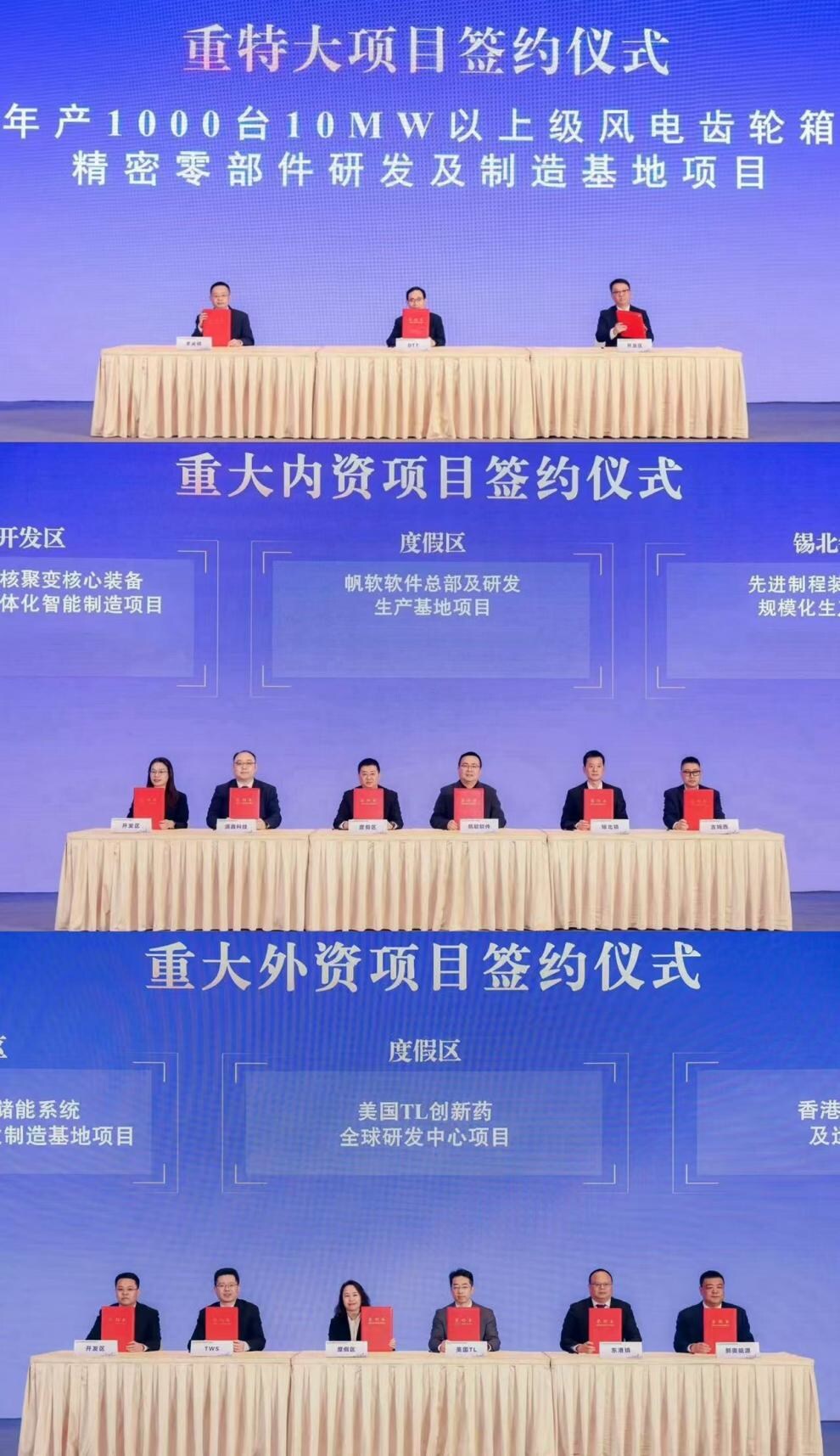The St. Paul Port Authority has officially celebrated the early decertification of the East Side Tax Increment Financing (TIF) district, a significant milestone that highlights the area’s successful transformation over the past 26 years. The board made the decision to decertify the TIF district five years ahead of schedule, reflecting the unexpected success of the Westminster Junction Business Center, which now boasts 15 companies and approximately 913 jobs.
The site, a former rail switch yard dating back to the 1880s, previously employed only about 50 individuals across a 25-acre area. Port Authority officials, however, recognized the potential of the land, which was largely underutilized and contaminated. Through collaboration with private partners, they initiated a revitalization project that included land remediation and infrastructure development, ultimately leading to a substantial increase in property tax revenue from $138,000 to $2.6 million annually.
Transforming Blight into Opportunity
Port Authority President Todd Hurley expressed satisfaction with the project’s results, noting that the early payoff of the TIF district not only revitalizes the area but also benefits city finances. “Returning this kind of tax base to the city, it actually reduces the property tax levy,” Hurley stated, emphasizing the importance of TIF as a tool for land acquisition and remediation.
Tax increment financing is designed to stimulate economic development by allowing municipalities to use future tax revenue generated by a project to fund its initial costs. In St. Paul, TIF districts typically allow developers a 26-year period to repay the TIF dollars, using funds that would have otherwise gone to property taxes. The financing supports various improvements, including land cleanup, utility upgrades, and other enhancements aimed at attracting private investment.
Critics argue that TIF can serve as a costly incentive for developers, as it often keeps new properties off the tax rolls for extended periods. A recent analysis from fiscal watchdogs Insight St. Paul revealed that the city captures approximately $36 million in TIF dollars annually, the highest of any city in Minnesota. This figure represents around 7.9% of the city’s taxable property, raising concerns about fiscal sustainability and the long-term impact on city revenues.
Balancing Development and Public Services
Concerns surrounding TIF funding include the potential for competition with non-subsidized developments and the impact on public services. Within TIF districts, property owners do not contribute to the costs of services like police and fire protection until their debts are repaid. This dynamic can place additional tax burdens on other property owners within the city.
John Mannillo, a member of Insight St. Paul, acknowledged the success of the Port Authority’s TIF projects but highlighted issues with some districts managed by the city’s Housing and Redevelopment Authority. “The Port Authority is probably a better place to handle this if we’re going to use TIF,” Mannillo stated, noting that some TIF districts have extended their timelines significantly due to underperformance.
Despite these challenges, the Port Authority remains optimistic about the future of TIF as a development tool. The success of the Westminster Junction Business Center, along with other projects like the Williams Hill business center, which has generated over $2.4 million in property taxes and created more than 450 jobs, illustrates the potential of targeted redevelopment.
Looking ahead, Hurley expressed hopes that TIF can attract private investment for the redevelopment of a long-vacant Kmart site on the East Side. “We are really optimistic that we can carry this model over to the Kmart site,” he said, indicating a proactive approach to enhancing local economic growth.
The St. Paul Port Authority oversees 58 TIF districts, with varying contributions from both the Port Authority and the city’s Housing and Redevelopment Authority. As the debate over TIF continues, the recent successes may influence future policy decisions regarding its use in St. Paul and beyond.







